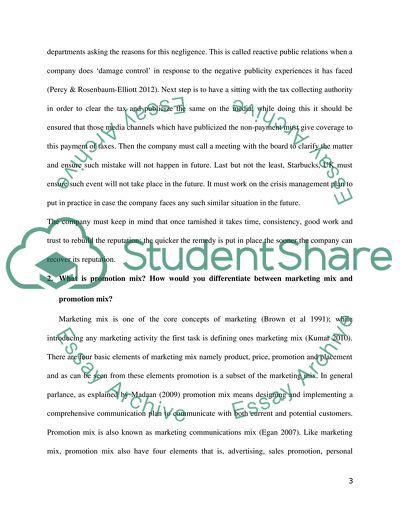Cite this document
(“Barriers to marketing communication/marketing mix/promotion mix Assignment”, n.d.)
Barriers to marketing communication/marketing mix/promotion mix Assignment. Retrieved from https://studentshare.org/marketing/1615774-barriers-to-marketing-communicationmarketing-mixpromotion-mix
Barriers to marketing communication/marketing mix/promotion mix Assignment. Retrieved from https://studentshare.org/marketing/1615774-barriers-to-marketing-communicationmarketing-mixpromotion-mix
(Barriers to Marketing communication/marketing mix/Promotion Mix Assignment)
Barriers to Marketing communication/marketing mix/Promotion Mix Assignment. https://studentshare.org/marketing/1615774-barriers-to-marketing-communicationmarketing-mixpromotion-mix.
Barriers to Marketing communication/marketing mix/Promotion Mix Assignment. https://studentshare.org/marketing/1615774-barriers-to-marketing-communicationmarketing-mixpromotion-mix.
“Barriers to Marketing communication/marketing mix/Promotion Mix Assignment”, n.d. https://studentshare.org/marketing/1615774-barriers-to-marketing-communicationmarketing-mixpromotion-mix.


